Facial markings are such beautiful things seen in horses. No two facial markings are alike, but what are the names of these unique markings and what do they look like?
1. Star
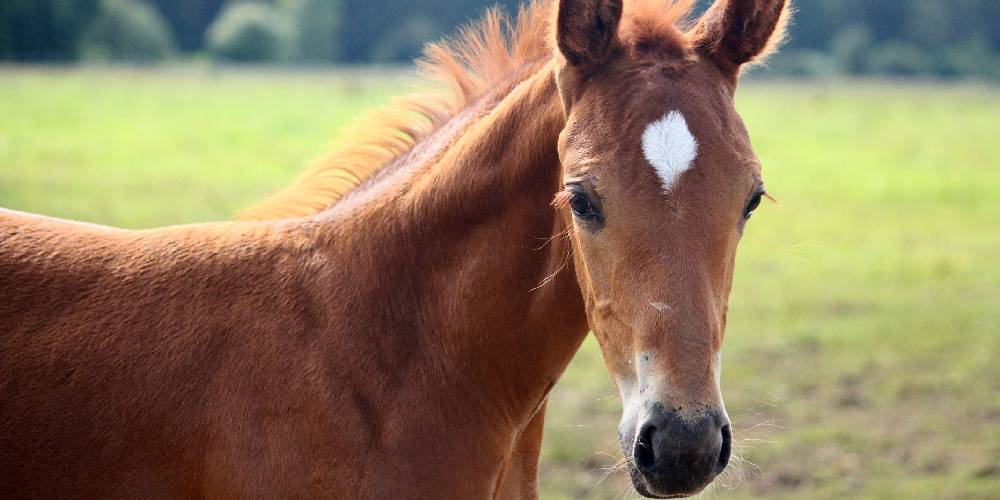
The star is probably by far the most well known and recognizable facial markings seen in horses. A star is just a white marking on the horse’s forehead that can come in nearly any shape or size.
A star is always a white marking located on the front of the horse’s face usually between the eyes and up.
2. Blaze
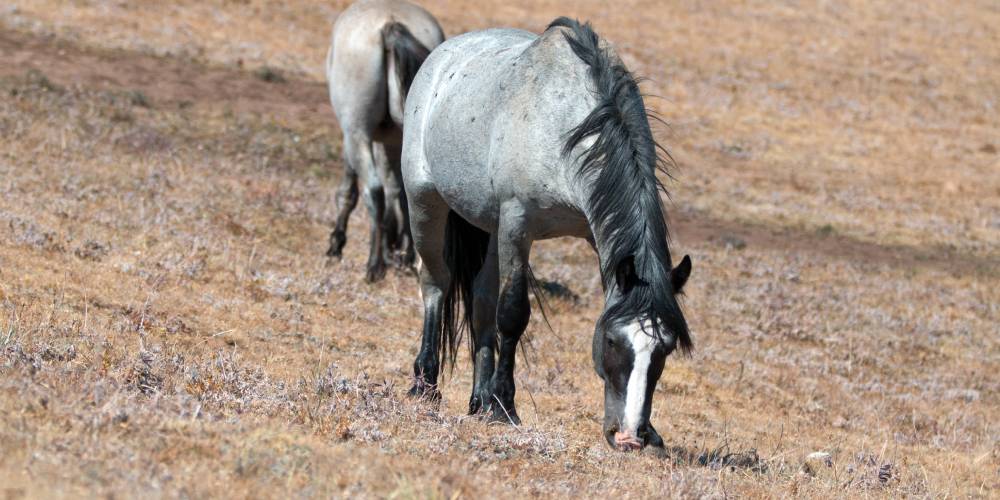
The blaze is likely one of the most common facial markings seen in horses. Horses like the Belgian, Haflinger, and Clydesdale are all frequently seen with blazes.
A blaze marking is a white facial marking that generally runs from the horse’s forehead down to their muzzle. Some blazes will stop before the horse’s muzzle, while others will extend down to the horse’s lips.
Blazes are large, wide markings that generally cover a lot of the front of the horse’s face. Blazes are between 2 and 4 inches wide on an adult horse and they must be a completely uninterrupted line of white to be considered a true blaze.
3. Snip
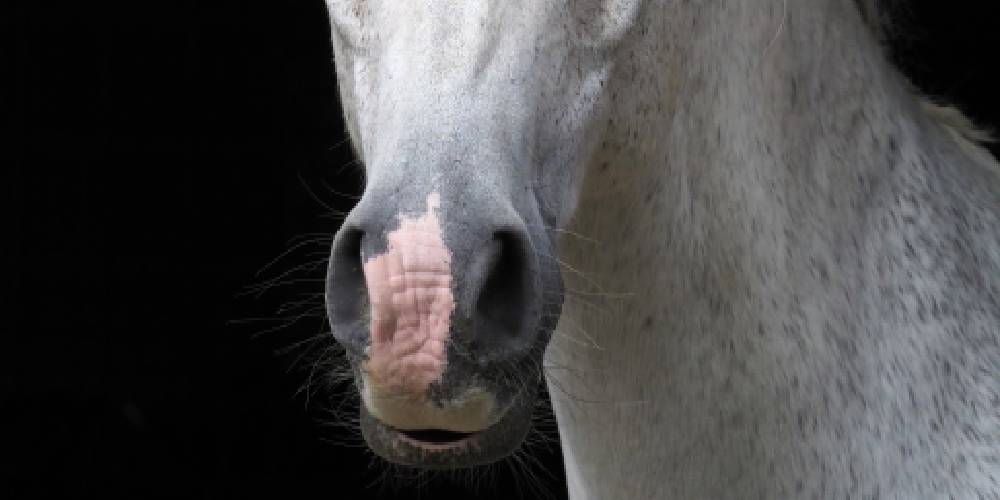
The snip is one of my favorite markings. I love the little white spot on the horse’s nose, especially if thats one of the only markings that the horse has.
A snip is a white marking on the horse’s muzzle that, like the star, can be pretty much any shape or size. Because the snip is on the nose, sometimes the marking can look pink in color because of the lack of hair on the muzzle.
Snips usually fall between the upper lip and 1 inch above the nostrils. Any higher and the marking may be classified as something else.
4. Stripe or Strip
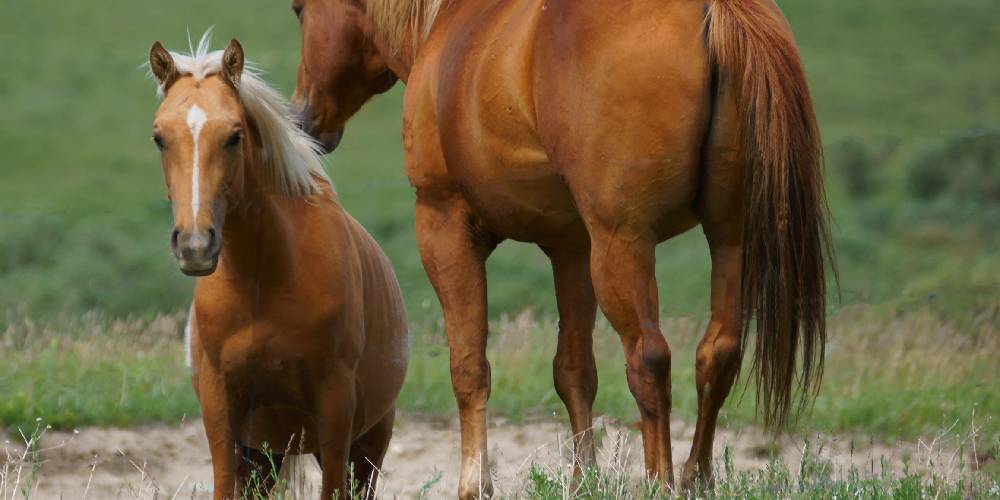
A stripe, also known as a strip, is a thin stripe that is most commonly seen stretching from the horse’s forehead to their muzzle. Some stripes, however, will only go from the forehead to above the muzzle or from above the muzzle to below the forehead.
Stripes are similar to blazes in the sense that they are usually long lines that extend down the length of the horse’s face. The main difference between the stripe and the blaze is that the stripe is a much thinner line than the blaze is.
The stripe can be as thin as less than 1 centimeter or as thick as 1.5 inches. It is not uncommon for the top of the stripe to be thicker than the bottom and a tapering effect on the marking is frequently seen too.
5. White or Bald Face
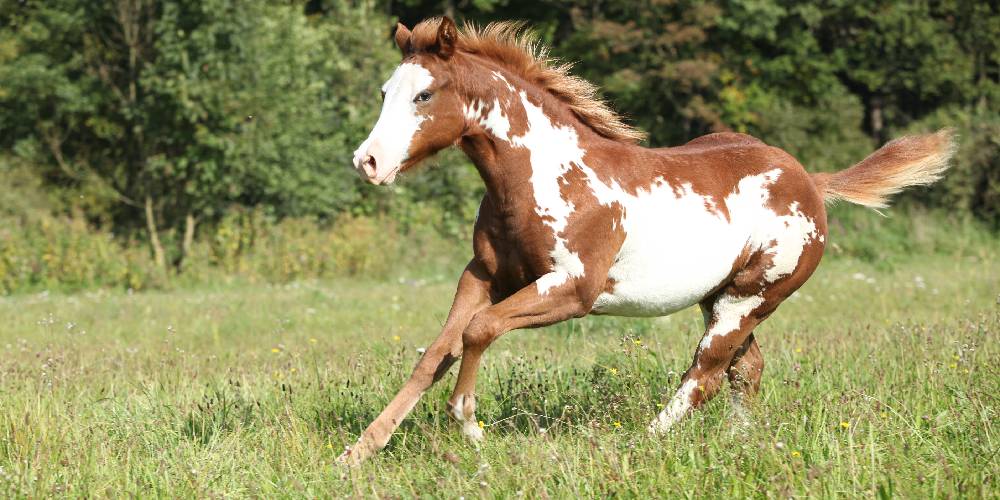
A white face, also known as a bald face, is a facial marking that covers nearly the entire face with white. This marking is most common among paint/pinto horses and quarter horses.
A white or bald face marking will often cover the horse’s face in white from its forehead all the way down to its muzzle. These markings will sometimes cover the horse’s eyes and muzzle completely causing the skin to become pink and the eyes to become blue.
6. Interrupted or Broken Stripe
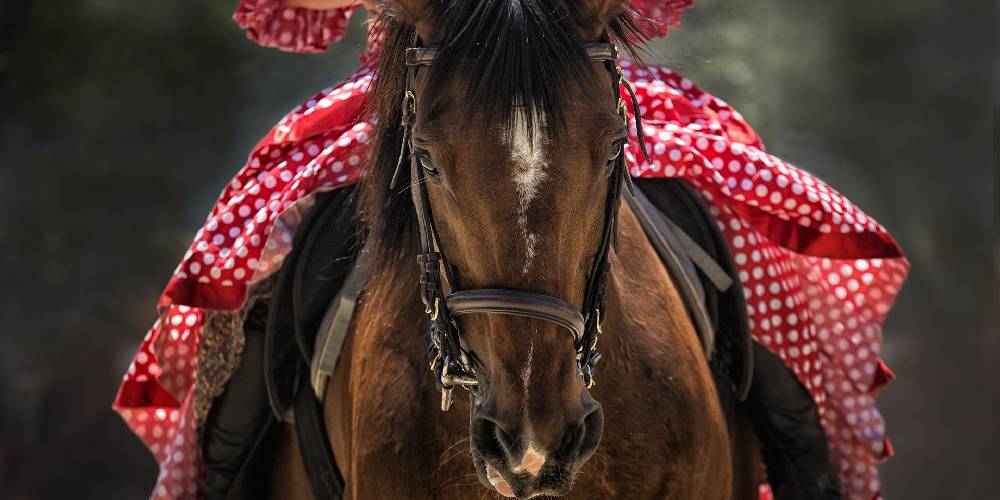
An interrupted or broken stripe marking is exactly what it sounds like it should be. It is a stripe that breaks off at some point in the middle.
These markings are fairly common as most horses don’t have perfect facial markings.
My first horse, a palomino Missouri Fox Trotter, had a unique interrupted stripe marking on her face
7. Irregular Blaze
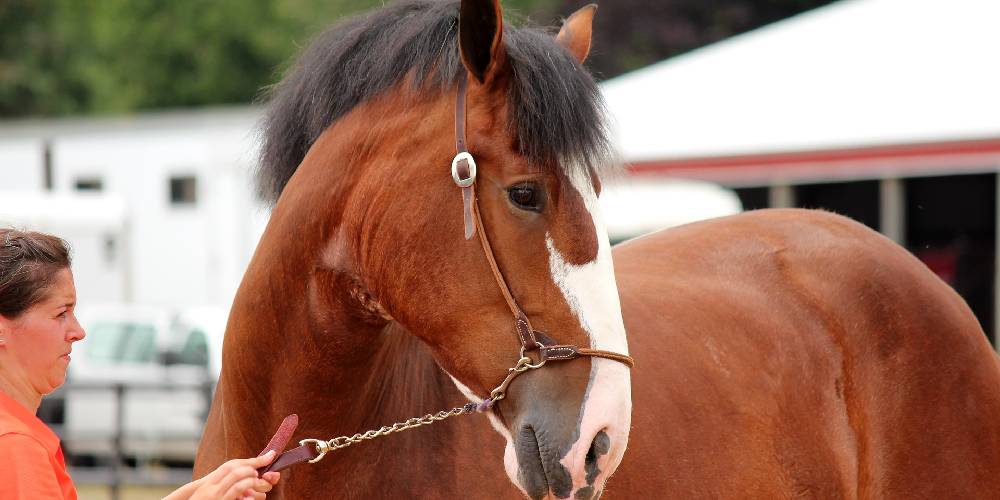
An irregular blaze is a very cool facial marking. It is essentially a blaze but with some unique imperfections that make it even more cool to look at.
Irregular blazes are not the most common facial markings out there, but when they are seen they really can stand out.
8. Marking Combinations

Now that you know all these different markings, did you know that there can be marking combinations? Horses can have any of the following combinations:
- Star and snip
- Star and stripe
- Star, stripe, and snip
- Stripe and snip
- Interrupted stripe and snip
There may even be more combinations out there!

